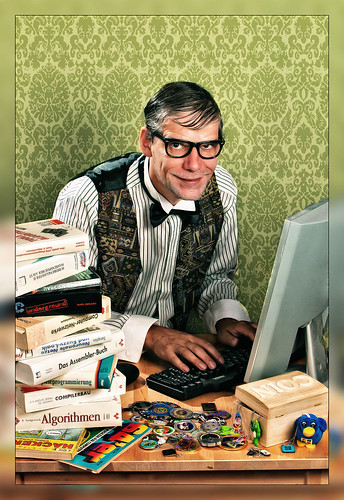I have been collecting several resources and I want to share. By no means is this all the stuff that is out there. And some of it may work or may not. The point is to find something (curriculum, activity, website, video, etc) and start having the conversations, not just with students but with teachers, administrators, parents and our communities.
To start, I want to share this powerful video that was recently shared with me. It's all about the choices our kids are faced with everyday and the consequences of their actions.
So besides the interactive nature of the video (which is pretty neat) there are some tough issues here and no doubt these are some of the digital decisions our kids are making each and every day.
How can teachers and schools help? As with most things, education is key. Understanding where kids are in today's Digital Society can be a helpful first step. PBS did a masterful job capturing teen voices in their series, Digital_Nation. You can hear from teens themselves, parents and other experts as they discuss what it means to be a Connected Kid.
There are lots of curricula out there to use in the classroom.You can do a quick search and find lots of free (and paid) stuff. However, I believe one of the best are the lessons and activities from Common Sense Media. They have a full, K-12, free curriculum you can use and adapt to your needs. There are even alignments to the ISTE NETs, AASL, and the English Common Core.
Another way to show students the power their digital footprint has is to check out a great interactive from The Discovery Channel, Your Digital Footprint. In it users are posed with different scenarios and the site shows the impact of that choice and how their image, information and more are recorded and stored. It's more about awareness and understanding than avoidance.
Here are some more just general resources to check out.
- Open Thinking Wiki-Media Literacy-Alex Couros has curated lots of great information on a wide array of digital literacy topics like understanding where information comes from, combating cyberbullying and more.
- Digital Citizenship Network- One of the best parts of this site are the Nine Themes of Digital Citizenship. There are lots of great links here too.
- Own Your Space: Keep Yourself And Your Stuff Safe Online-This free ebook from Microsoft is geared toward teens and goes over many different aspects of their digital lives.
For me, we need to start having and keep having lots of conversations. Everyday, educators all over the country are asked to use digital tools with kids and increasingly, kids are becoming more and more connected. The earlier we start talking and the more we keep talking, again, not to just our kids but our teachers, administrators, parents and the community, the easier it will be to deal with these digital issues as they arise.
These are some of my favorite resources. What are yours? Or what are you doing to start these conversations where you are? Leave some comments below.



